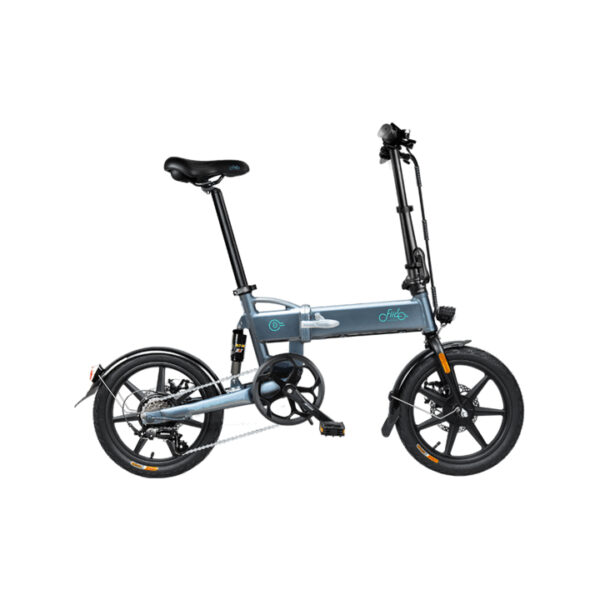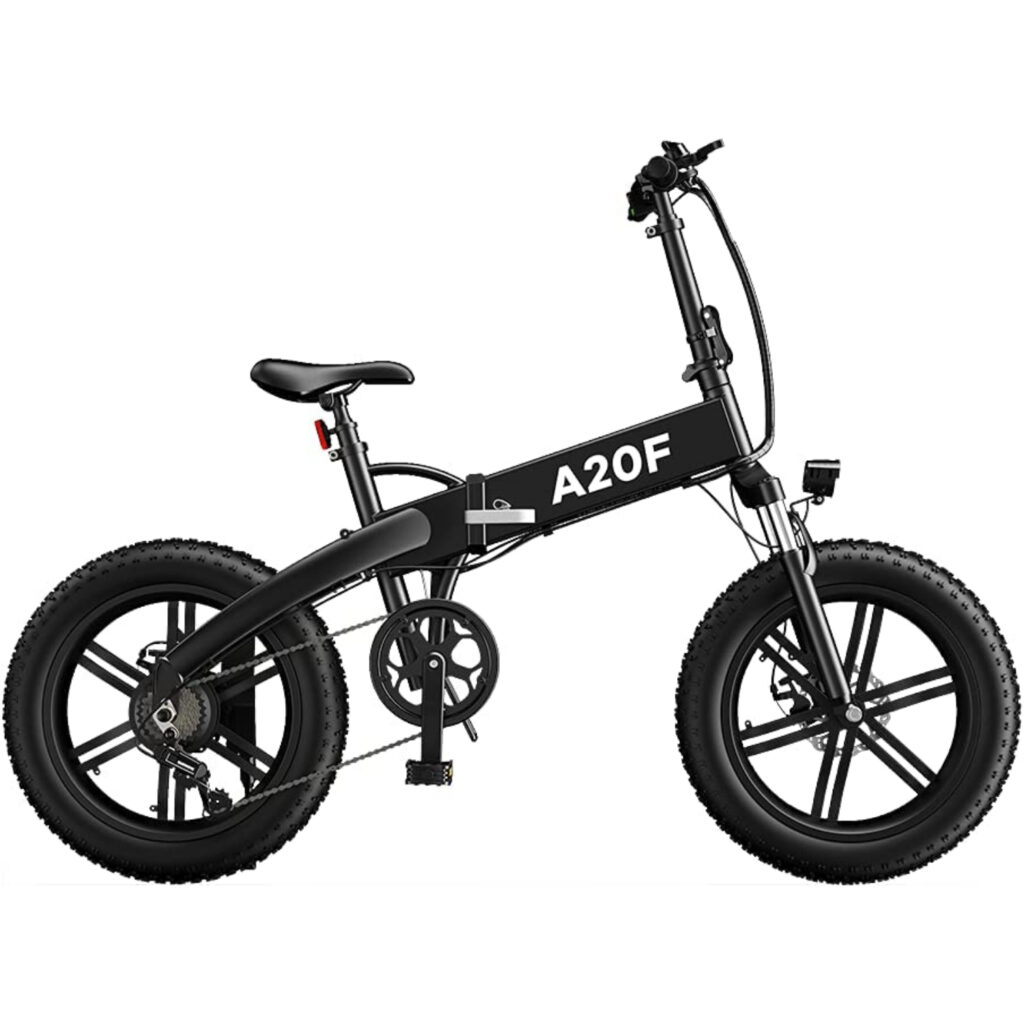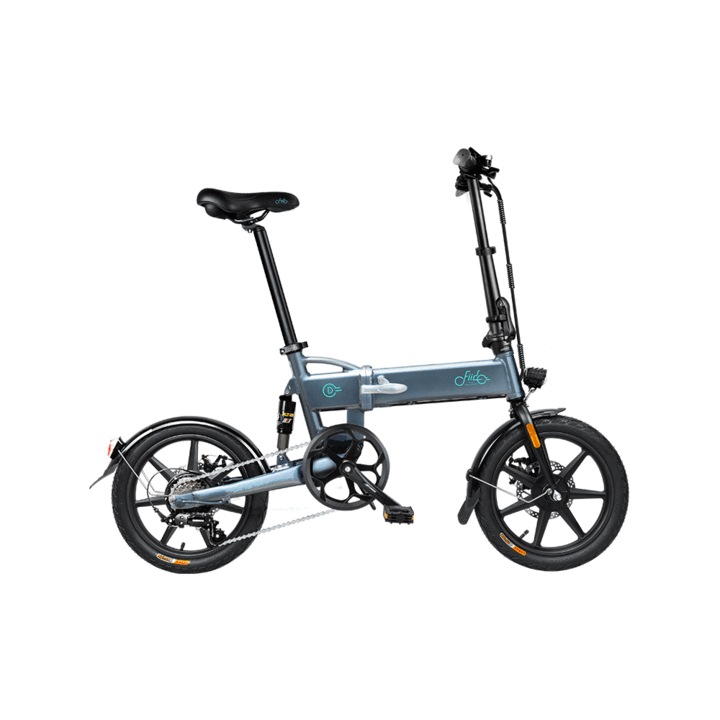Design and materials
From the point of view of design and construction materials, there is no difference with the version of a few months ago.
Outwardly, the Fiido M1 Pro is identical to the Fiido M1, and continues to retain its usual weight of 25 kg net and 29.5 kg gross which will make it rather complex to place it in the trunk of your car, and when closed it is always 960x790x450mm large, in short, less than one square meter.
But although the handlebars and pedals can also fold up, it is good to always keep in mind the fact that carrying it around closed will not be a walk. Let alone load it for example on a train or bus.
The design continues to be captivating, beautiful and typical of a fat bike, but that bad cable management that I hated so much in the first M1 continues to be present: the management of the cables, which are visible, could have been thought better and opening and closing the bike runs the risk of losing that balance that can only be understood by a fixed cable management.
In any case, by folding the bike and opening the central pillar, you can access the battery, which is removable and activated with a key located in the lower part: all the electronics will not turn on until the key is turned which will start the battery power.
Engine and gearbox
The real differences between the Fiido M1 and the Fiido M1 Pro are under the hood. The motor is always of the brushless type, but the power goes from the 250w of the “traditional” M1 to the 500w of the new M1 Pro, and the usual 7-speed Shimano gearbox continues to be present, assisted by a 52-tooth chainring. Shifting is always precise, fast and very intuitive, and is controlled with a click switch that is positioned on the right side of the handlebar.
Next to the gearbox there is also an accelerator, which will allow you to move in “full-electric” mode, but which in Italy is not allowed to use on electric bikes: the operating concept is identical to that of an electric scooter, just push the lever and reach the maximum speed of 25 km / h. Speed which, in reality, is limited to 25 Km / h due to European Union regulations, but which could actually reach 40 Km / h (and yes, it is possible to “unblock” this limitation with a very simple trick).
On the left, on the other hand, there is the typical Fiido on-board computer, which integrates an LED display that is generally visible even in direct light conditions, but very basic that will allow you to check the current speed, the kilometers traveled in the current session and the assisted pedaling modes. : there are three, and lead respectively to the maximum speed of about 16, 20 and 25 Km / h.
Although the Fiido M1 Pro has an all new and more powerful motor and battery, the torque sensor continues to be missing and the pedal assistance continues to be initiated exclusively by the pedal sensor. This could make some starts quite difficult, especially uphill ones, in which to take advantage of the pedal assistance you should pedal for about 1/4 of a turn before starting to feel the electric motor push. And, in short, it is in these conditions that the accelerator actually begins to become rather comfortable.
Battery and Autonomy
The battery of the Fiido M1 Pro is another of the novelties that we find in the new version of the electric fat bike. In fact, it goes from 36v and 15.5Ah to 48v and 12.8Ah, which means not only more power, but also greater autonomy. According to the company, in fact, it should allow you to travel about 130 km with minimal pedaling assistance and about 500 charge cycles. And I have to admit one thing: I didn’t have the opportunity to cover all 130 km with minimal assistance, due to a matter of free time and “weather”, but I got to 93 km with one battery cleat still available, which suggests that the autonomy may really be close to the 130 km declared by the company.
However, I took it to exhaustion in full-electric mode, reaching about 49 km of travel with a single charge: which is an exceptional result, in my opinion, especially considering the weight of the bike, my weight (which of certainly not a featherweight) and the fact that in Avellino there are many ups and downs.
The recharge takes place in about 9 hours (for a complete recharge cycle) thanks to an external power supply, with a cable that is definitely too short for my taste, which connects to a port positioned laterally near the battery compartment and which is covered by a small rubber stopper.
Unfortunately, however, the annoying problem of the vibration of the battery pack, which continues to make noise in its compartment, seems to have not been completely corrected, even if in a less marked way than the first Fiido M1.
















Reviews
There are no reviews yet.